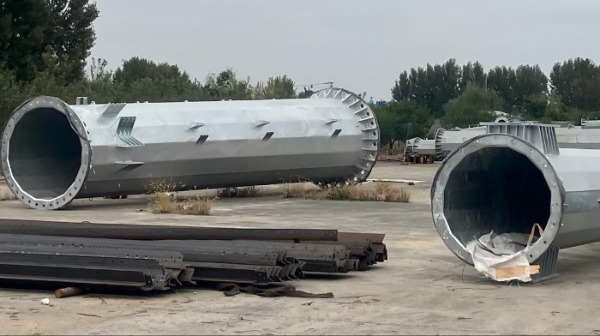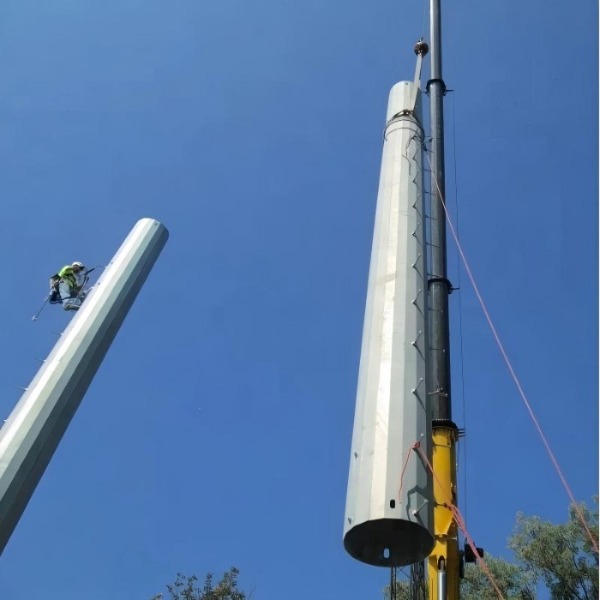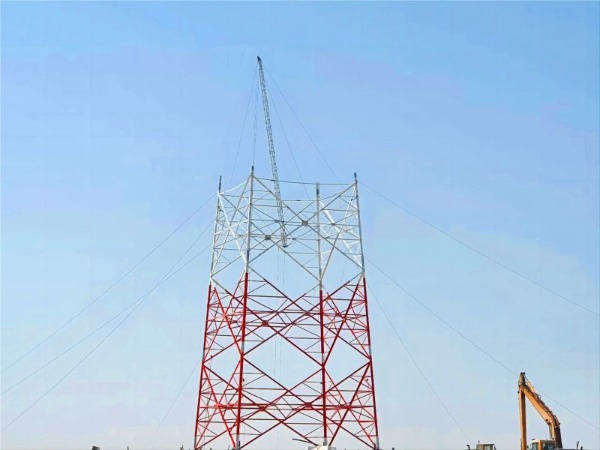Selecting the optimal support structure is a critical early decision in any radar deployment project. The choice between a monopole tower and a lattice tower involves a complex trade-off between cost, performance, and project-specific requirements. There is no universally "better" option—only the most economically and technically suitable one for your specific conditions. This analysis breaks down the total cost of ownership to guide you toward the most cost-effective solution.

At its simplest, the choice often starts with a fundamental compromise:
· Monopole: A single, tubular pole. Offers a sleek, low-profile appearance and a smaller physical footprint.
· Lattice Tower: A three or four-legged structure made from connected steel angles. Prioritizes raw strength and height capability, with a more industrial appearance.
The decision quickly moves beyond aesthetics to a rigorous analysis of costs and capabilities.


· Monopole: Higher. Requires thick, high-quality steel plates that are rolled, welded, and often tapered. The fabrication process is more complex and capital-intensive, leading to a higher raw material cost per kilogram of steel.
· Lattice Tower: Lower. Utilizes efficient angle steel sections connected with bolts. The design is inherently material-efficient, using 20-30% less steel for an equivalent height and load capacity. Fabrication is more labor-based but less machinery-dependent.
· Monopole: Challenging and costly for taller structures. Often requires specialized permits and escort vehicles due to long, oversized loads. Maximum transportable height can be a limiting factor.
· Lattice Tower: Highly efficient. Components are bundled into compact, stackable packs. This maximizes truckload capacity and minimizes the number of trips and associated freight costs. No special permits are typically needed for component transport.
· Monopole: Faster installation. Often erected using a large crane in a single or few lifts. However, the foundation is more complex and expensive. The concentrated load of a single pole requires a larger, more heavily reinforced concrete base to resist overturning moments.
· Lattice Tower: Slower installation. Requires more on-site labor for bolting the segments together. However, its distributed load across multiple legs results in smaller, simpler, and more cost-effective foundations—a significant saving, particularly in poor soil conditions.


· Monopole: Superior. The small footprint (often just 1-2 m²) makes it ideal for constrained urban sites, leased land, or areas where visual impact is a concern. This can dramatically speed up zoning approval.
· Lattice Tower: Requires more ground space and has a more prominent visual presence. This can lead to longer permitting processes or disqualification from aesthetically sensitive sites.
· Monopole: Generally lower long-term maintenance. The seamless exterior offers fewer areas for debris accumulation and is easier to inspect. Access for painting or inspection typically requires a climbing system or a crane.
· Lattice Tower: The latticework can trap debris and requires more surface area to inspect for corrosion. However, individual damaged components are easier and cheaper to replace without affecting the entire structure.
The optimal choice becomes clear when analyzed against key project parameters.
| Project Parameter | Recommended Structure | Rationale |
|---|---|---|
| Height < 40m | Monopole | Aesthetic and zoning advantages often outweigh the cost premium at lower heights. |
| Height > 60m | Lattice Tower | Material and foundation savings become substantial; monopole transport/erection becomes prohibitive. |
| Heavy Radar Loads | Lattice Tower | Superior load-bearing capacity and stability for large, heavy antennas and radomes. |
| Constrained Urban Site | Monopole | Minimal footprint and faster zoning approval are decisive factors. |
| Limited Budget (CAPEX) | Lattice Tower | Lower upfront costs for materials, fabrication, and foundation. |
| Remote or Difficult Access | Lattice Tower | Easier transport of components via standard trucks and simpler foundation requirements on uneven terrain. |
| Rapid Deployment | Monopole | Faster installation time can be a critical advantage for emergency or fixed-deadline projects. |
The monopole vs. lattice decision is a classic CAPEX vs. OPEX and flexibility vs. specialization trade-off.
· Choose a Monopole when visual impact, a small footprint, and rapid deployment are primary drivers, and the project budget can accommodate the associated premium. It is the solution for sensitive and constrained sites.
· Choose a Lattice Tower when maximizing value, achieving extreme heights, or supporting heavy loads are the top priorities. It is the unbeatable workhorse for raw performance and lowest total cost in permissive environments.
By moving beyond a simple initial price tag and conducting a holistic cost-benefit analysis across the structure's entire lifecycle, project managers can make a confident, data-driven selection that ensures long-term project success and operational reliability.
Learn more at www.alttower.com